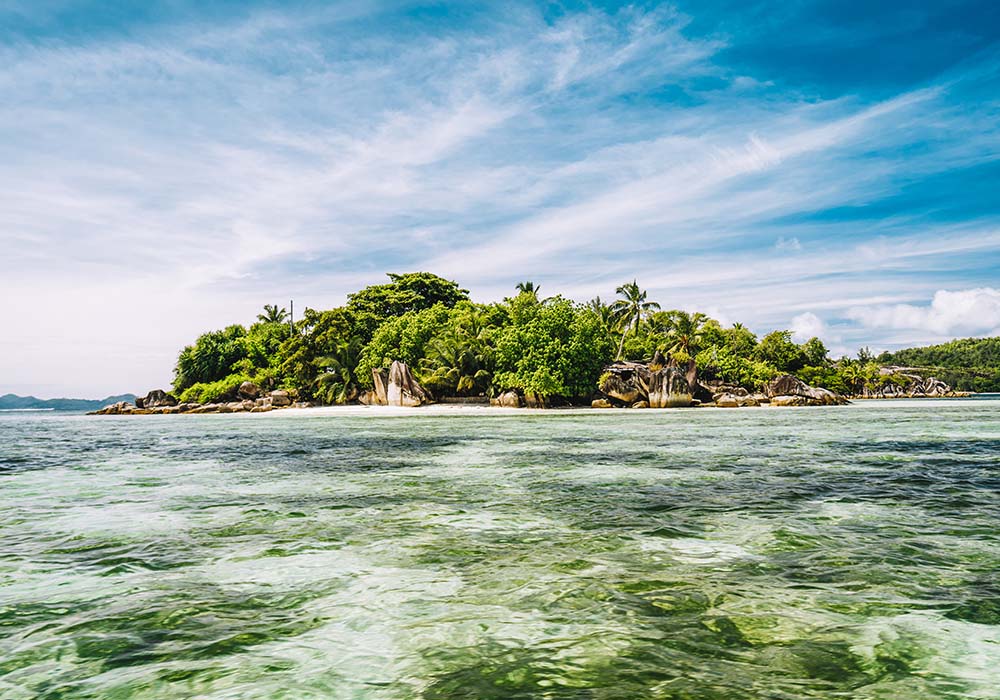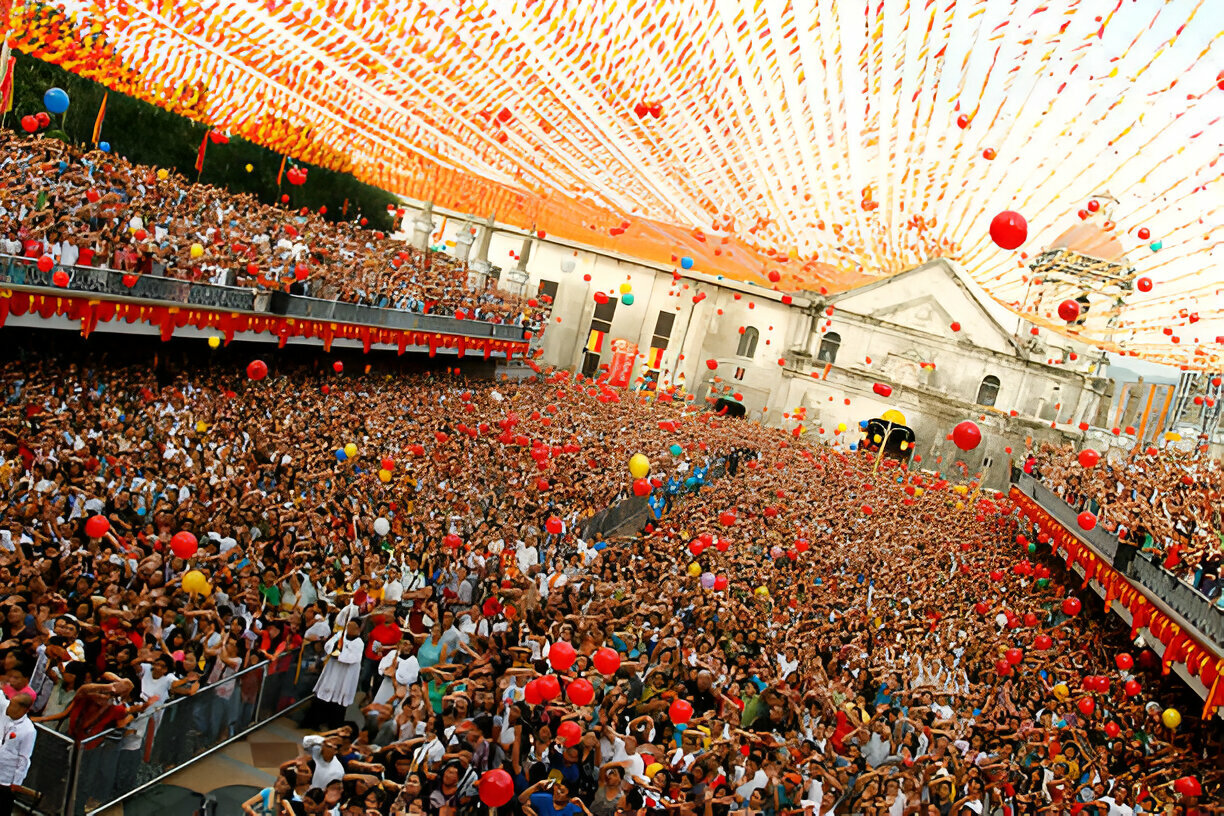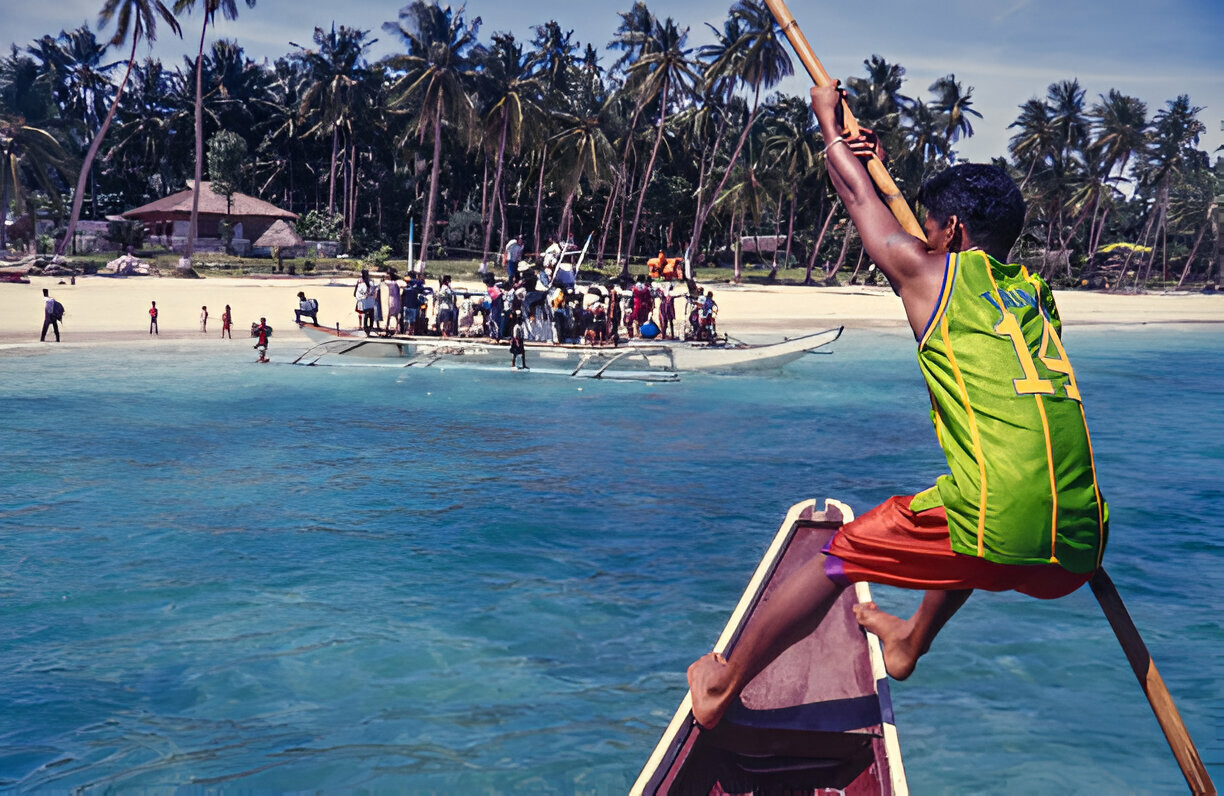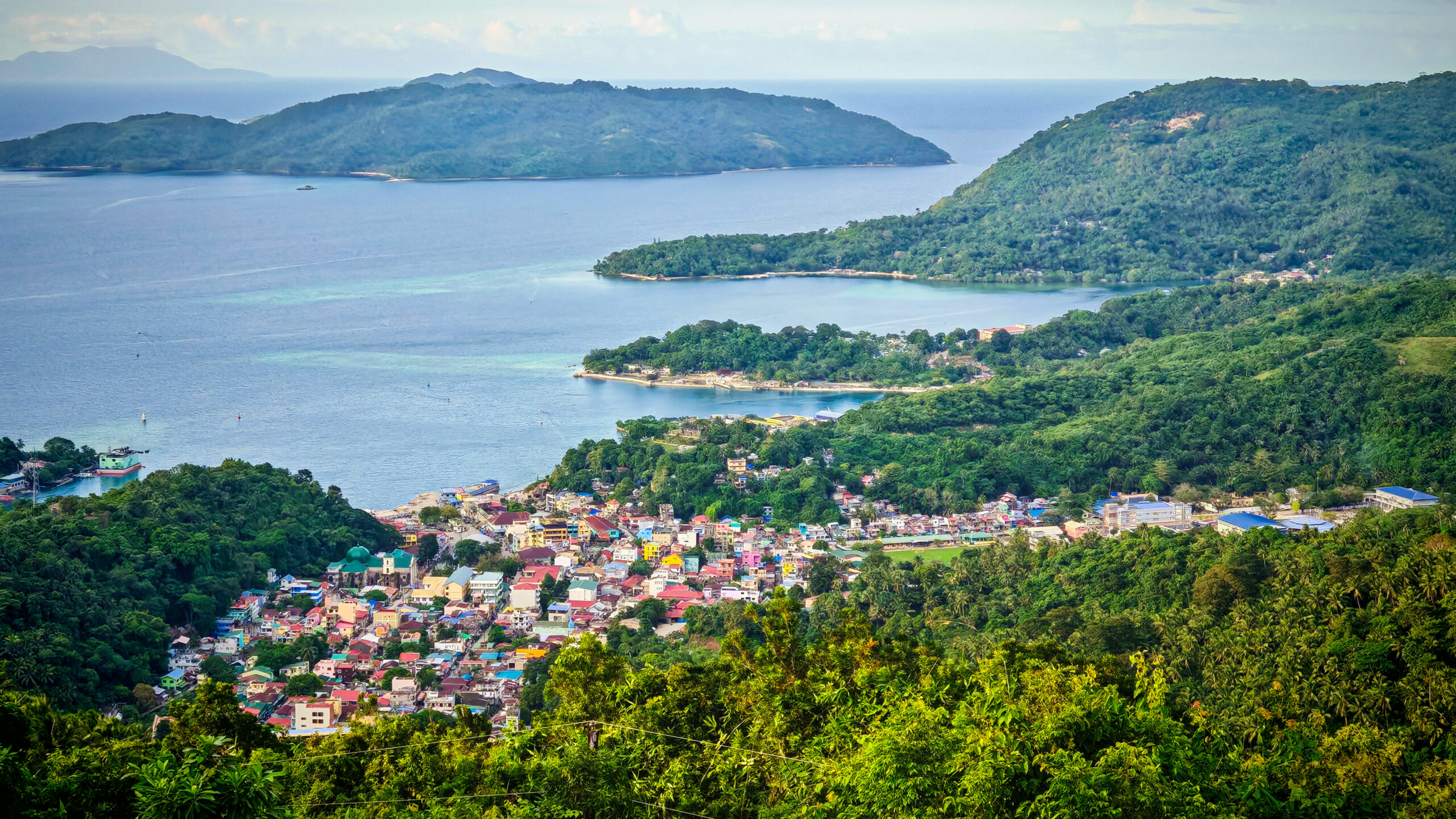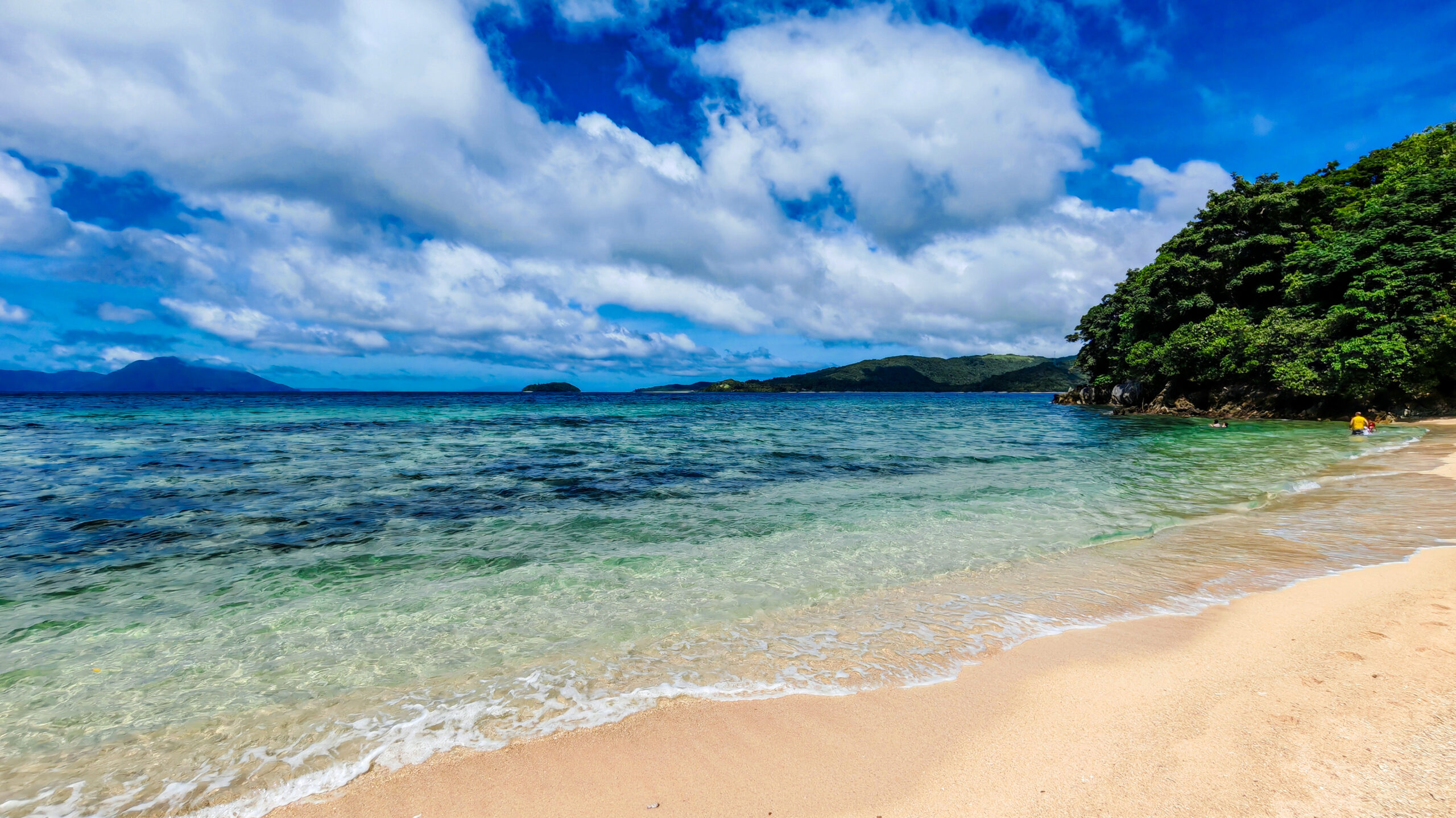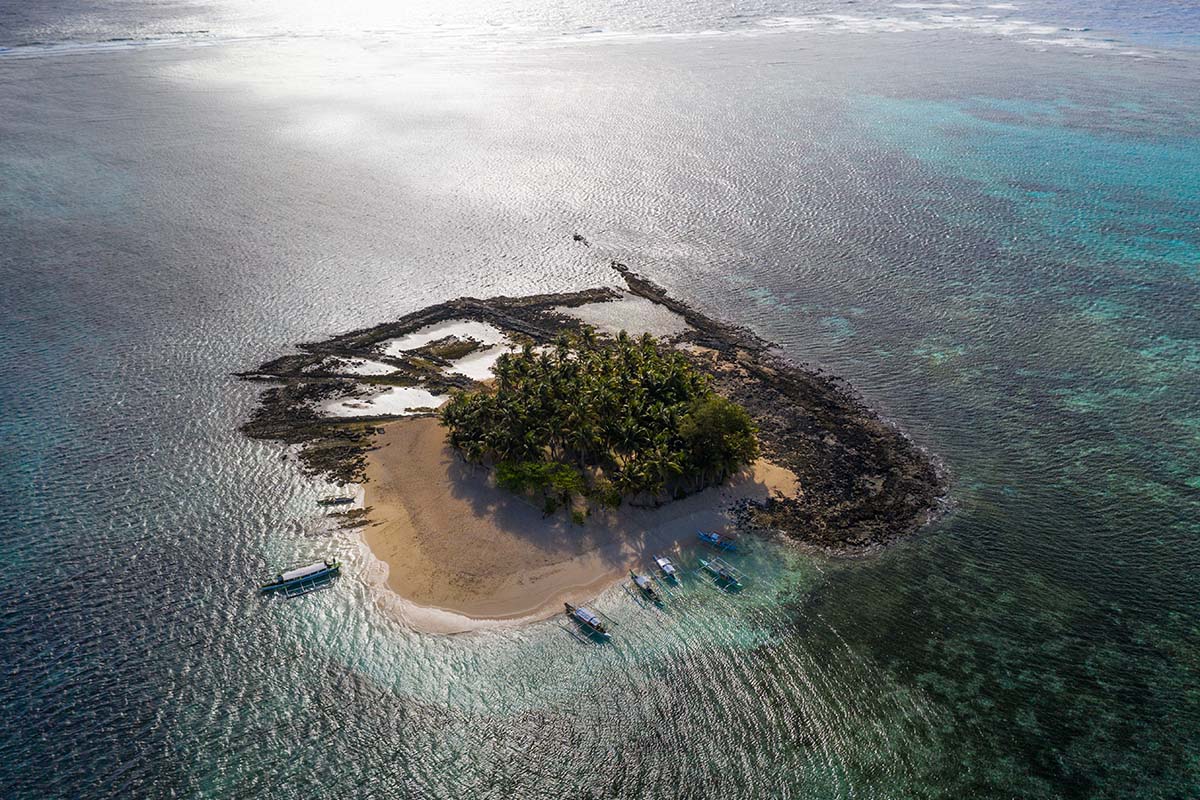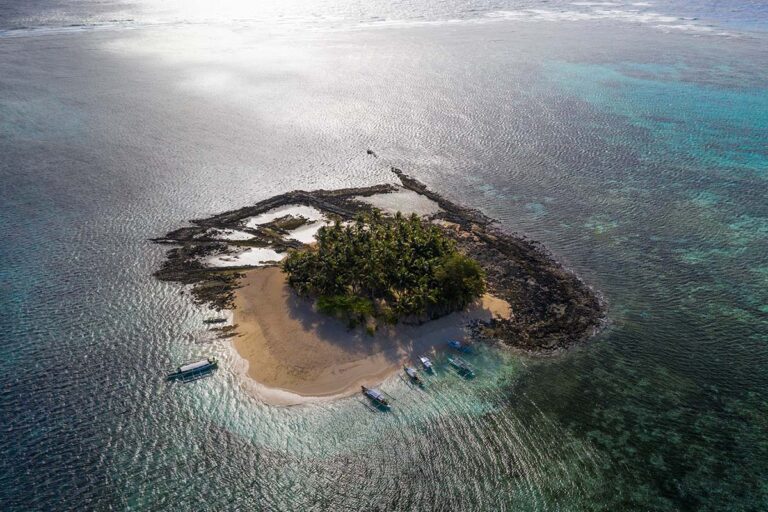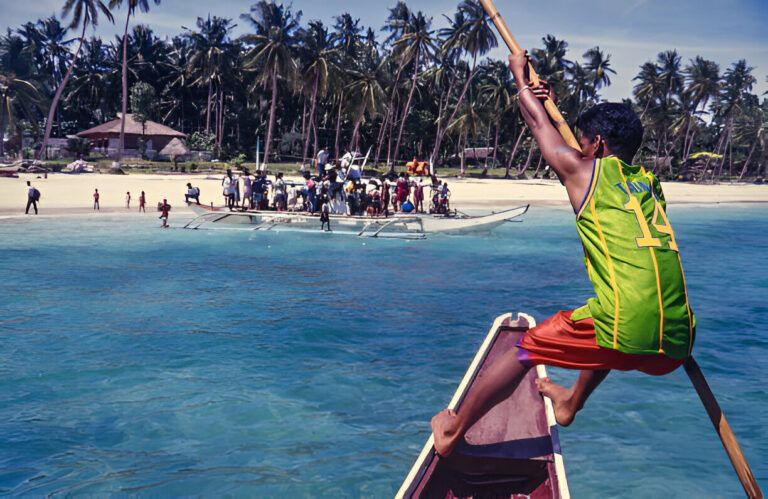Hidden along the peaceful headlands of Tablas Island, there’s an entrance to an unexplored realm.
A sinkhole of sapphire.
A vertical tunnel to the deep.
A freediver’s dream, a diver’s rite of passage; Romblon’s legendary Blue Hole.
Often described as one of the Philippines’ best-kept dive secrets, the Blue Hole in Tablas is more than just a stunning geological formation. It’s a natural wonder shaped by ancient forces, teeming with rare marine life, and wrapped in a mix of local legend, adrenaline, and raw beauty.
Here’s everything you need to know about this iconic site before you take your breath and descend into its mysterious depths.
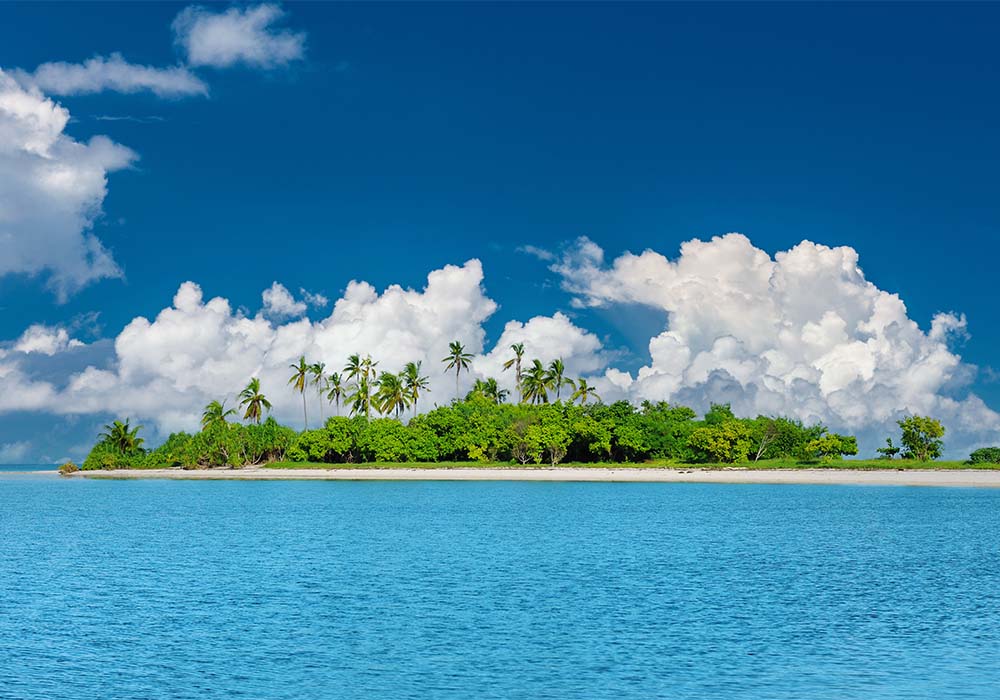
How the Blue Hole Was Formed
Long before the Blue Hole became a dive destination, it was believed to be a natural spring by local villagers. But in reality, what lies beneath is a stunning product of nature’s slow artistry.
This rare formation likely began thousands of years ago as a limestone cavern beneath the reef. Over time, erosion and tectonic activity, possibly a powerful earthquake caused the cavern’s ceiling to collapse, opening a chimney-like shaft into the sea. The byproduct is a vertical drop of about 25–30 meters, hidden beneath the reef line, with a sandy bottom and a small tunnel that connects to the open ocean.
From above, it glows a deep electric blue — thanks to the clarity of Romblon’s waters and how sunlight reflects off the bright white sand below. Inside, the walls are lined with coral, sea fans, and shadows that shift with the sun.
A Hidden Gem Turned Dive Legend
Locals in Barangay Cawayan have known of the Blue Hole for generations. But it wasn’t until the 1970s that travelers began whispering about a strange vertical pool off Tablas Island’s rugged coast.
By the early 2000s, the site had caught the attention of scuba divers and liveaboard safari groups exploring uncharted dive zones in the Philippines. Soon, freedivers joined in—drawn by stories of the abyss, the tunnel, and the surreal freefall experience.
Today, the Blue Hole stands out as a signature highlight in Romblon’s flourishing freediving community. Accessible by boat, the site is regularly visited during Romblon Freediving’s Island Hopping Fundive Package; a full-day exploration of four underwater destinations, with the Blue Hole as its crown jewel.
What You’ll See Down There
The Blue Hole may feel like a mysterious cavern, but it’s full of life.
On the way down, divers are often greeted by huge snapper, cardinalfish, bigeye fish, and reef shrimp hiding in crevices. The walls are encrusted with hard and soft corals, and you might spot moray eels, nudibranchs, or even lobsters tucked into the ledges.
Around the entrance and exit tunnel, larger species often make an appearance. Think manta rays gliding past the rim, white-tip reef sharks cruising the edges, and even sea turtles paddling lazily through the light shafts.
And yes — on truly lucky days, freedivers have reported seeing whale sharks gliding past the mouth of the hole.
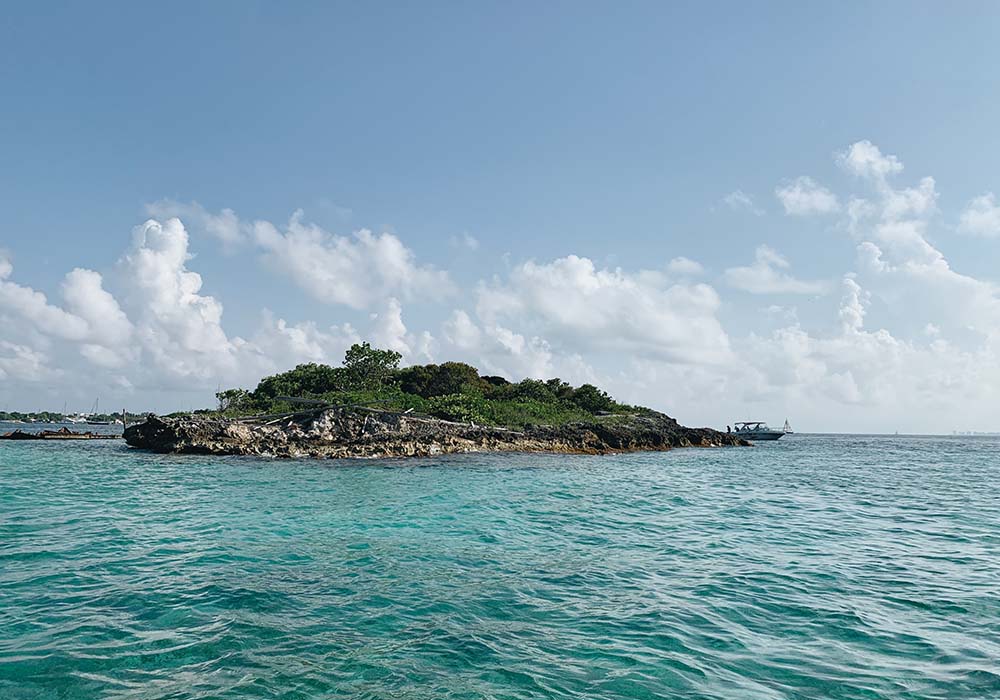
Is It Safe to Dive?
The Blue Hole is best suited for intermediate to advanced freedivers. While the entry lies about 6 – 8 meters deep, the vertical drop, limited light, and potential currents require confidence and control underwater.
Visibility within the Blue Hole is typically outstanding, particularly on clear, sunny days around midday. For the most favorable conditions, calm seas and exceptional water clarity: plan your visit between March and May.
Whether you’re diving for depth, beauty, or Instagram bragging rights, this experience delivers. Our trained and knowledgeable coaches will guide your dive safely, documenting it with underwater footage so you can relive it again and again.
Local Legend & Cultural Charm
According to locals from Barangay Cawayan, the Blue Hole was formed after a powerful earthquake struck the region generations ago. They describe it as a natural spring that suddenly deepened, leaving behind a mysterious, almost sacred hole in the sea. This oral history mirrors geological theories that the site was created by a limestone cave collapse due to tectonic activity — making the story all the more fascinating.
Overlooking the dive site from the cliffs of Punta Gorda is the historic Gorda Point Lighthouse, constructed during the era of American colonization. Though only remnants remain, the tower continues to serve as a silent guardian of the coast. Many travelers make the short trek up for panoramic views of the Sibuyan Sea, or take the plunge with a cliff jump into the deep blue below.
The Blue Hole isn’t just a diving destination; it’s part of Romblon’s living history. A natural marvel shaped by water, time, and story.
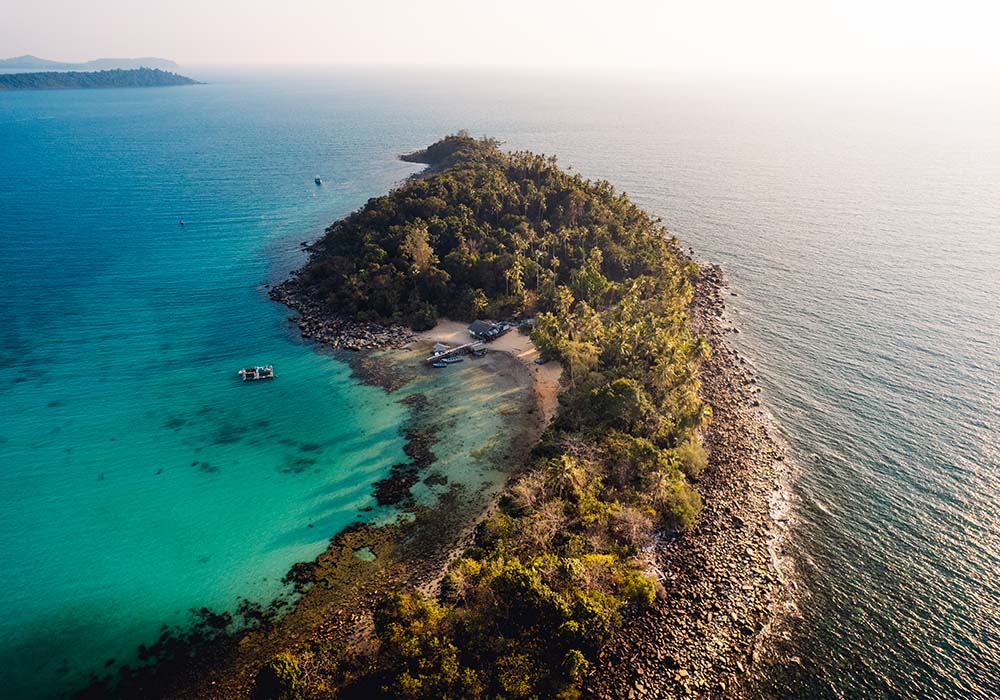
Dive Into the Blue
At Romblon Freediving, we believe in adventures that move you—physically, spiritually, and deeply. The Blue Hole offers exactly that.
Book a slot on our Island Hopping Fundive Package and experience Romblon’s wildest dive in the best possible way: by breath-hold, by boat, and with a team that knows these waters like family.
Excited to explore the Philippines’ one and only natural blue hole?
[Book Now] or message us on WhatsApp to reserve your spot.

